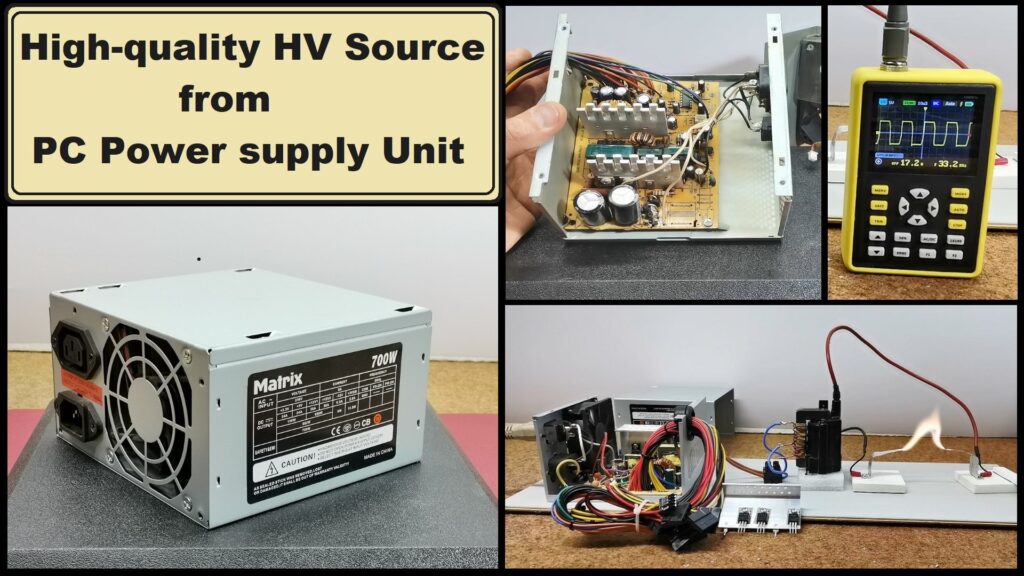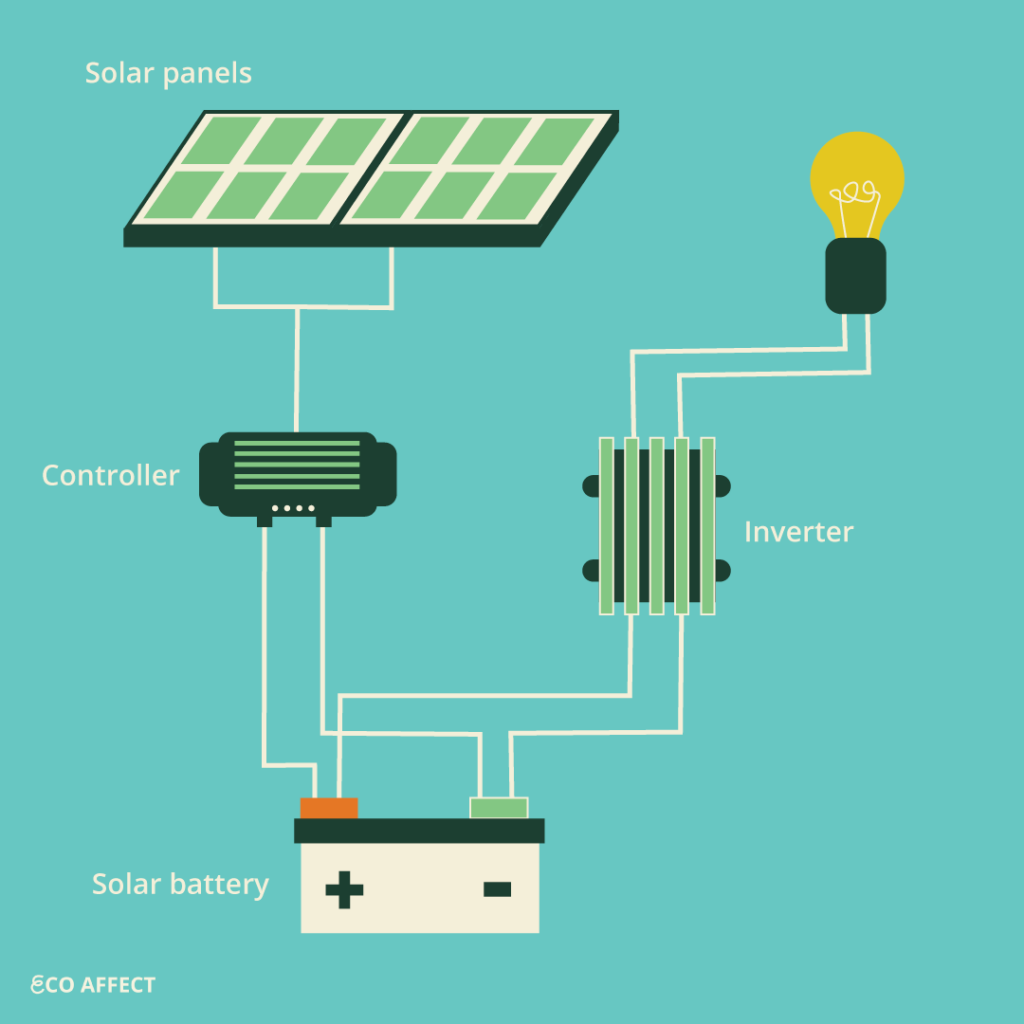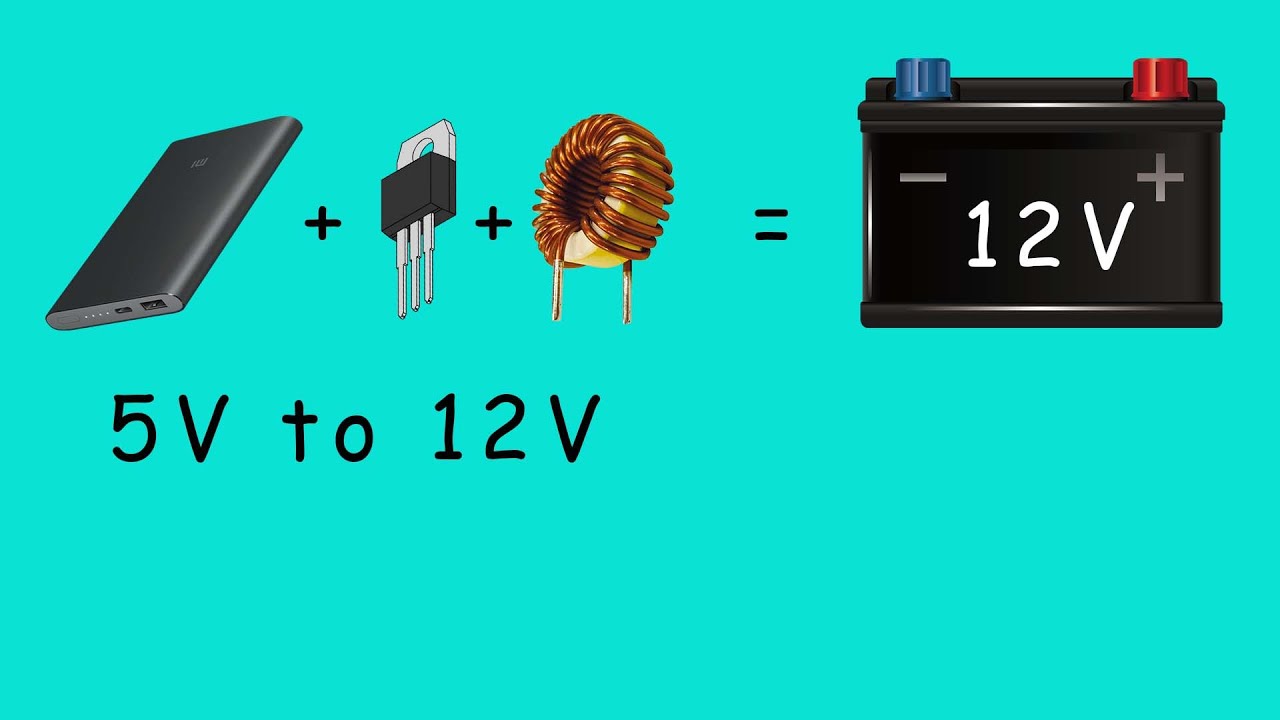Best Way to Build a High-Efficiency Power Supply
Building a high-efficiency power supply is crucial in today’s world where energy conservation and sustainability are becoming increasingly important. Whether you are working on a DIY project or designing a commercial product, having an efficient power supply can make a significant difference in energy consumption and overall performance. In this article, we will explore the best way to build a high-efficiency power supply that not only meets your power requirements but also helps minimize energy wastage.
Understanding Efficiency in Power Supplies
Before we dive into the specifics of building a high-efficiency power supply, it’s essential to understand what efficiency means in this context. Efficiency in power supplies refers to the ratio of output power to input power, expressed as a percentage. A higher efficiency rating indicates that more of the input power is converted into usable output power, while less is wasted as heat or other forms of energy loss. The goal of building a high-efficiency power supply is to minimize energy wastage and maximize the conversion of input power into usable output power.
Tips for Building a High-Efficiency Power Supply
Choose the Right Components
One of the key factors that determine the efficiency of a power supply is the quality and suitability of its components. When selecting components for your power supply, opt for high-quality components that are rated for high efficiency and low power loss. This includes choosing the right type of transformer, capacitors, diodes, and other essential components that are known for their energy-efficient performance. Investing in quality components may cost more upfront, but it will pay off in the long run by improving the overall efficiency of your power supply.
Optimize the Design
The design of your power supply plays a significant role in its efficiency. To build a high-efficiency power supply, optimize the design by minimizing energy losses, reducing heat generation, and improving power conversion rates. This involves carefully designing the layout of components, ensuring proper cooling mechanisms, and using efficient circuit topologies that minimize energy wastage. By optimizing the design of your power supply, you can enhance its efficiency and overall performance.
Implement Power Management Techniques
Another way to improve the efficiency of your power supply is by implementing power management techniques such as pulse-width modulation (PWM) and voltage regulation. PWM allows you to control the output voltage of the power supply by varying the duty cycle of the input signal, while voltage regulation helps maintain a stable output voltage despite fluctuations in the input voltage. By incorporating these techniques into your power supply design, you can achieve higher efficiency and better performance.
Final Thoughts
Building a high-efficiency power supply requires careful planning, attention to detail, and a good understanding of the principles of power supply design. By choosing the right components, optimizing the design, and implementing power management techniques, you can create a power supply that is not only energy-efficient but also reliable and high-performing. Whether you are building a power supply for a small electronic device or a large industrial application, prioritizing efficiency can lead to significant energy savings and environmental benefits. Start building your high-efficiency power supply today and make a positive impact on energy consumption and sustainability.
Best Way to Build a High-Efficiency Power Supply
Building a high-efficiency power supply is crucial in today’s world where energy conservation and sustainability are becoming increasingly important. Whether you are working on a DIY project or designing a commercial product, having an efficient power supply can make a significant difference in energy consumption and overall performance. In this article, we will explore the best way to build a high-efficiency power supply that not only meets your power requirements but also helps minimize energy wastage.
Understanding Efficiency in Power Supplies
Before we dive into the specifics of building a high-efficiency power supply, it’s essential to understand what efficiency means in this context. Efficiency in power supplies refers to the ratio of output power to input power, expressed as a percentage. A higher efficiency rating indicates that more of the input power is converted into usable output power, while less is wasted as heat or other forms of energy loss. The goal of building a high-efficiency power supply is to minimize energy wastage and maximize the conversion of input power into usable output power.
Tips for Building a High-Efficiency Power Supply
Choose the Right Components
One of the key factors that determine the efficiency of a power supply is the quality and suitability of its components. When selecting components for your power supply, opt for high-quality components that are rated for high efficiency and low power loss. This includes choosing the right type of transformer, capacitors, diodes, and other essential components that are known for their energy-efficient performance. Investing in quality components may cost more upfront, but it will pay off in the long run by improving the overall efficiency of your power supply.
Optimize the Design
The design of your power supply plays a significant role in its efficiency. To build a high-efficiency power supply, optimize the design by minimizing energy losses, reducing heat generation, and improving power conversion rates. This involves carefully designing the layout of components, ensuring proper cooling mechanisms, and using efficient circuit topologies that minimize energy wastage. By optimizing the design of your power supply, you can enhance its efficiency and overall performance.
Implement Power Management Techniques
Another way to improve the efficiency of your power supply is by implementing power management techniques such as pulse-width modulation (PWM) and voltage regulation. PWM allows you to control the output voltage of the power supply by varying the duty cycle of the input signal, while voltage regulation helps maintain a stable output voltage despite fluctuations in the input voltage. By incorporating these techniques into your power supply design, you can achieve higher efficiency and better performance.
Final Thoughts
Building a high-efficiency power supply requires careful planning, attention to detail, and a good understanding of the principles of power supply design. By choosing the right components, optimizing the design, and implementing power management techniques, you can create a power supply that is not only energy-efficient but also reliable and high-performing. Whether you are building a power supply for a small electronic device or a large industrial application, prioritizing efficiency can lead to significant energy savings and environmental benefits. Start building your high-efficiency power supply today and make a positive impact on energy consumption and sustainability.



